Jul 26, 2010
Useful Plants At The Farm- Mulberry Tree
The mulberry tree (morus alba; pokok daun ulat sutera; chinese: sang shu ) has a long history ( 3000 years ) of medicinal use in China, Korea and Japan.
Sinseh Soon from Raub came to the farm for a 'look-see' and told us about the medicinal uses of the tree, under which he was resting.
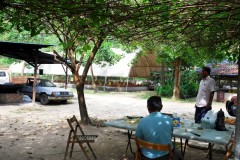
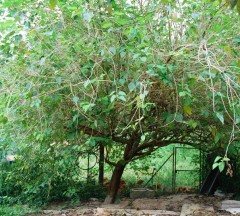
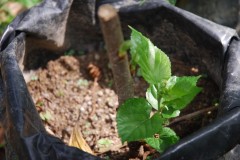
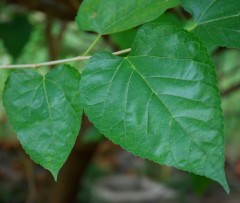

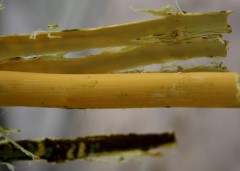
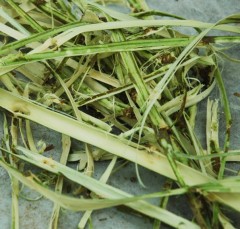
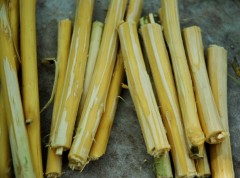

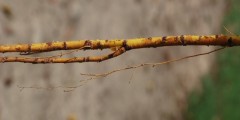
12:03 Posted in Useful Plants | Permalink | Comments (2) | Tags: mulberry, morus alba, goji, jujube, red dates, sinus, rheumatism
Jul 17, 2010
Malaysia's Best
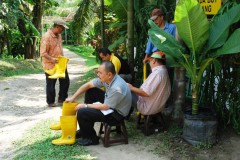

09:23 Posted in Visitors | Permalink | Comments (2) | Tags: fama, 1 malaysia best, quality standards, durians
Jul 16, 2010
Emerald Doves came visiting
There was a flutter and a flash of iridescent green darting up from the ground towards some thick low branches. I thought I saw a pair of pigeon.
I approached the branches slowly and they darted off again to a clump of kantan and then were gone.
I knew then that they were a pair of punai tanah or Emerald Dove (chalcophaps indica indica). They were flighty, as are most first timers (birds I mean) to the farm. Nonetheless it is great that this pair of young adults have come down from the rainforest to the farm. Hopefully they will nest here.
Emerald doves in Malaysia are shy and flighty, possibly due to over hunting. It is an honour that this pair feel secure enough to visit us.
Here's a photo I downloaded from Lip Kee's photostream at Flickr.

Readers, should you decide to use this picture, please accept the terms of use at Lip Kee's page at Flickr. It is the right thing to do (I have found my pics and writings in odd places without attribution and it is annoying to say the least).
The incident with the pigeons happened so fast, I did not have the chance to get my camera. In any event without a good telephoto lens I would not be able to capture them. Time to invest in a 400mm lens at least, I suppose. That will set me back a few thousand ringgit. Maybe next year.
11:14 Posted in Blog | Permalink | Comments (0) | Tags: chalcophaps indica indica, emerald dove, wild pigeon, punai, punai tanah
Jul 15, 2010
Fungal and Bacterial Preventive, Naturally.
This is what we use as a preventive, especially during rainy weather against bacterial and fungal attacks on our plants (leaves and stems, not roots);
Take 500 grams gelenggang ( cassia alata ) leaves and 400 grams lengkuas rhizomes ( alpinia galanga ) and pound them.


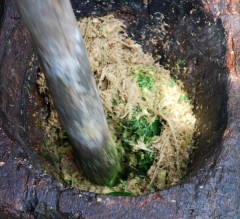
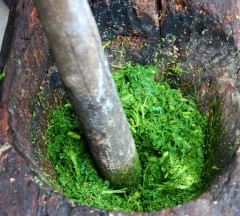

We find the spray effective as a prevention against most fungal and bacterial infections on stems and leaves. Spray regularly but lightly (sparingly) twice a week. During bad weather or where there are early signs of disease, spray once a day sparingly (lightly) until disease is arrested. It is not effective if disease is well on its way.
18:58 Posted in Useful Plants | Permalink | Comments (0) | Tags: anti-bacterial plants, anti-fungal plants, alpinia galanga, cassia alata, gelenggang, lengkuas, useful plants







